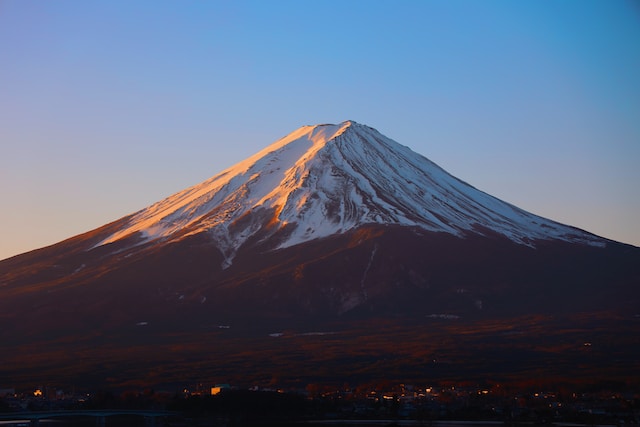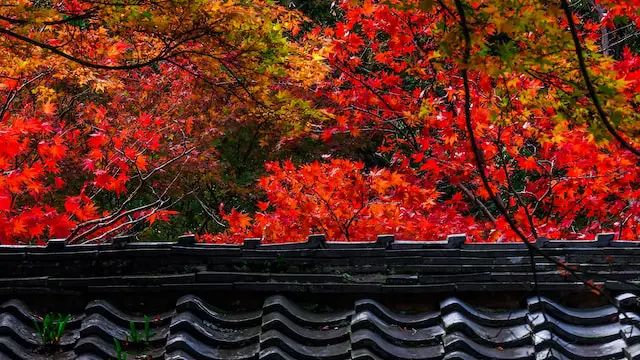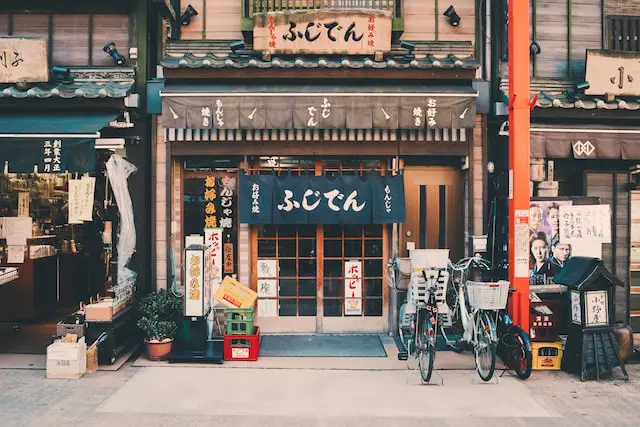Mount Fuji, the iconic symbol of Japan, is a majestic stratovolcano that has inspired poets and artists for centuries. It stands tall as both a spiritual and geographic landmark, symbolizing Japan’s natural beauty and cultural heritage. With its awe-inspiring height of 3,776 meters, it is a popular destination for hikers and climbers, especially in August – the official climbing season when the weather conditions are typically most favorable. Climbing Mount Fuji is often seen as a pilgrimage, a symbol of ambition, and a physical and spiritual challenge.
The preparation phase for climbing Mount Fuji is as critical as the climb itself. Adequate equipment, suitable clothing, and a basic level of fitness are imperative for a successful climbing experience. It is advised to pack waterproof clothing, walking poles, headlamps, and comfortable boots; while working on stamina and cardiovascular fitness well in advance. Health precautions include acclimatization to reduce the risk of altitude sickness. For inexperienced climbers, it is advisable to consider guide services, which provide professional assistance and make the climb less strenuous.
Various routes lead to the summit of Mount Fuji, each with different difficulty levels. The most common are the Yoshida, Subashiri, Gotemba, and Fujinomiya routes. The Yoshida route is quite beginner-friendly, while others, like Gotemba, have more challenging slopes. Key landmarks on the routes include the 5th stations, mountain huts, and ancient shrines. Weather conditions might vary across routes; hence preparation should include anticipation of sudden rain or drop in temperature.
Overnight stays in mountain huts are a common practice among climbers. These huts require booking ahead of time, and climbers should pack sleeping bags, earplugs, and toiletries. It’s important to understand and respect the rules and etiquettes of these shared spaces, including noise and trash management habits.
Upon reaching the summit, the physical exhaustion is quickly forgotten, replaced by an overwhelming sense of accomplishment. The sun rising over the ocean and the mountain’s shadow in the morning is a sight to behold. Some climbers participate in the tradition of sending postcards from the summit’s post office.
The journey down has its own unique appeal, marked with volcanic rocks and dust. After the descent, visiting nearby attractions such as the Fuji Five Lakes, hot springs, and shrines enrich the overall experience.
Conquering Mount Fuji is considered a significant achievement, an experience that is both challenging and fulfilling. From steep trails and chilly winds to the exhilarating sunrise view at the peak, climbing Mount Fuji becomes a cherished memory that one is likely to treasure for a lifetime.




